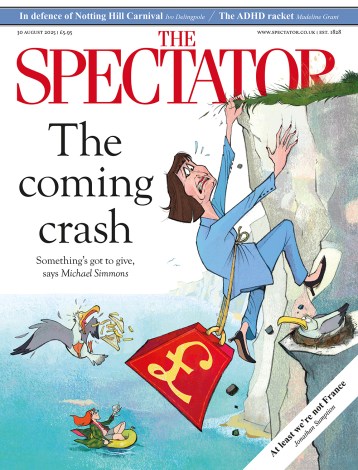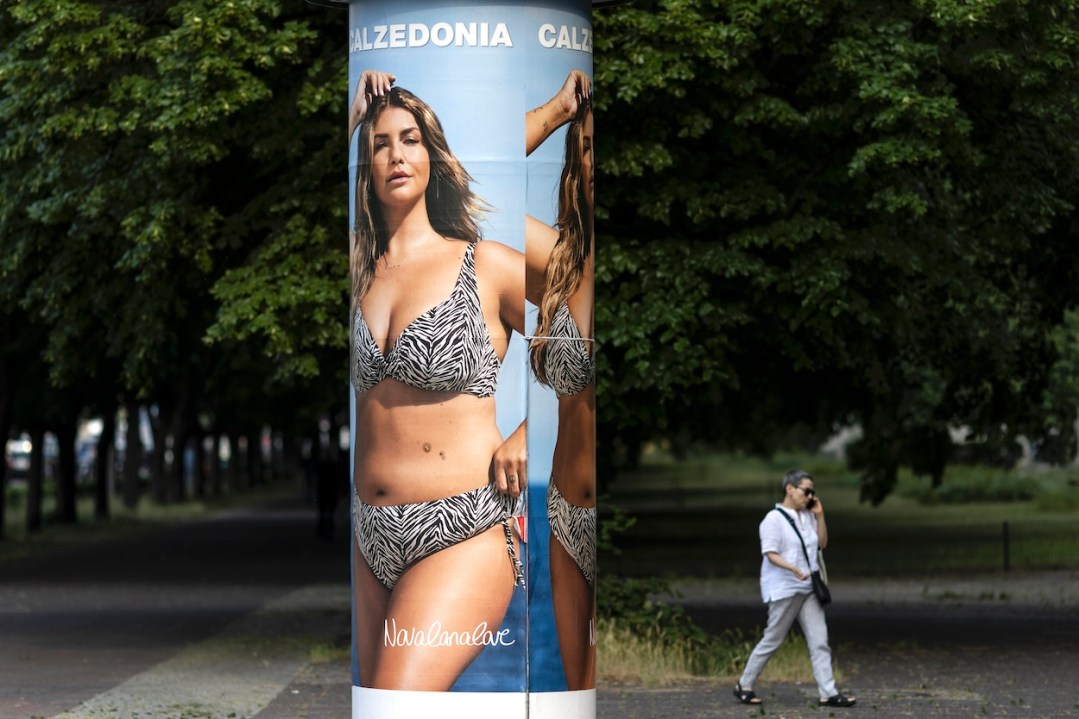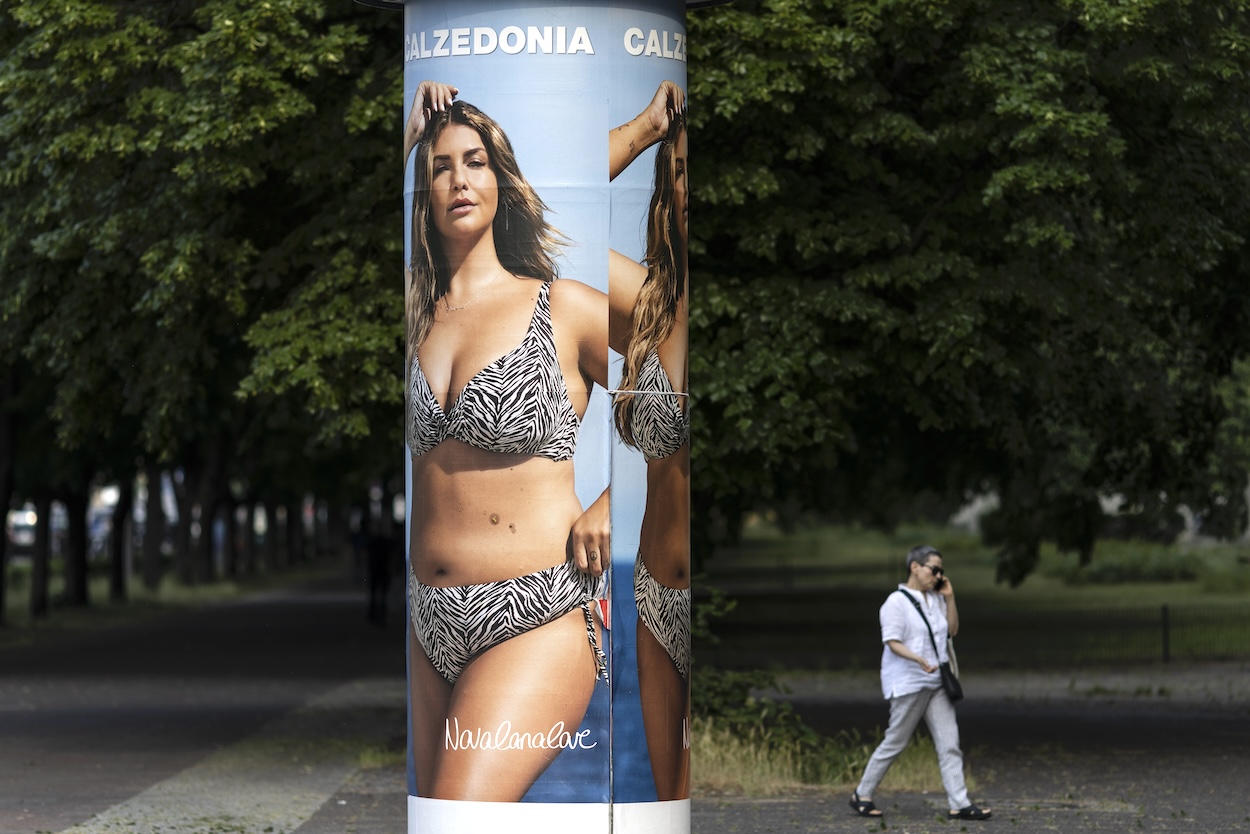I remember it quite clearly, that moment I first clocked that fat models were now advertising clothing – fitness clothing no less. I was in America and, left with time to kill in a shopping centre, I went into an outlet of the trendy athleisure store Athleta (owned by Gap), which I had pillaged on previous visits for its generous yet clingy apparel. I stepped in, looked up and noticed the walls were covered in big proud pictures of silky-skinned but decidedly chunky women.
They were sporting leggings and tops, even sports bras, with rolls of fat undulating out from under their chests, jiggling on the thighs, wobbling on enormous bums. Most were of diverse heritage, of course, as it is a truth universally acknowledged that ladies of darker hue wear their extra pounds much better than those of paler pigmentation.
I was shocked, like I’d just stumbled upon someone having sex in public. As a girl growing up in 1980s and 1990s America, I fantasised about looking like the bland beanpoles I saw in the teen magazines I pored over – the knowledge that no matter what I did my shape would absolutely never be anything like theirs, or the skinny, tanned and blonde Scandinavian types I knew at school, for that matter.
The gulf between fantasy and reality stretched and yawned over the years, not just in terms of my actual body but also the clothes that were advertised for it. All the good clothes – cool, pretty, attractive – were for people with long legs and small busts. Size S or XS people. Whether Urban Outfitters, Anthropologie, Free People, Gap, J Crew, Levi’s, Banana Republic… anything in larger sizes either didn’t exist or looked terrible. It was as if to have a body a little at an angle to the S/XS one, with its own awkward dimensions, was to be all wrong. Cool or desirable clothes were not for us.
And yet it was weird: the big secret was obvious. Most women weren’t size S or XS, even before the obesity crisis. It was always the smallest sizes left on the rack, with the bigger ones gone in a jiffy. Why insist on stocking in a lopsided, dishonest, mean way? Most of us had, and have, bulges in at least some of the wrong places. People like me are not particularly fat in the sense of looking puffy or in need of clinical assistance; we are, rather, of actual medium size by appearance yet L or in some cases XL in the retail universe. It’s an insult that you get used to and, until recently, there was nobody to yell at about it. It was just the way things were – the cruel and iron-fisted logic of women’s fashion.
But as the Athleta moment showed, the needle had already begun to shift in interesting ways. It is still the case that people who are medium have to buy Large or XL. But the marketing of larger sizes has changed dramatically. XL, even XXL, have become cool in themselves – a declaration of something that combines the power of being a marginal identity with something that reads as brave, confident, even brazen, with lashings of enviable mental health. Sneer at me at your peril, the XL label seems to say.
Because of how identity politics works, there is much leaching from one activism to another. The fat-rights brigade – or body positivity movement, if you prefer a softer iteration – has become a tag-team with queer and trans-rights, so there is also something sexually right-on about posing as a proper porky, out and proud, in a $50 sports bra. In short, to use Gen-Z’s terms, it’s clout – a flex – to be big and wear big.
Of course plus-size models are a stretch too far for some. Which is why there has been such crowing about Sydney Sweeney as a denim pin-up, lounging seductively with her perfect ten bod and her big perky boobs in an under-buttoned American Eagle outfit with the tagline ‘Sydney Sweeney has good jeans’.
Fat models serve a real purpose. They show the non-skinny woman what clothes might actually look like on her
But for all the delusional rot at the heart of the body-positive movement – with its catechism that fat is beautiful and healthy to boot – the rise of the fat model has been, well, great for people who don’t, and will never, look like Sydney Sweeney. Is it really the case that there isn’t room for both traditional hot models and plus-size ladies? The kind that advertise for brands from Burberry to Athleta to fast-fashion labels Boohoo and its subdivision PrettyLittleThing? For the chubbier ladies hawking the latter are indeed sexy; Boohoo saw business surge after it embraced a ‘fashion for all’ approach, selling bodycon dresses up to size 26.
Fat models serve a real purpose. They show the non-skinny woman what clothes might actually look like on her. This is usually quite bad, but thanks to the advert, that’s now OK; after all, if a model did it and got paid to do it, why can’t I? It’s liberating and fun. We all know it looks better to be thin, even those who deny it. But must we feel crap about everything we wear while not thin?
And, despite what the Sweeney-lovers say, showing larger or ‘real’ women is good for business. Outdoor Voices, the virally marketed activewear brand known for its block colours and matte fabrics, saw a spike in sales after an ad that showed cellulite on the model’s thigh, according to a whole Today show segment dedicated to this very matter. The post-partum tummy, riven with stretch marks in a grey Outdoor Voices top and bottom. was also a hit. And why not? For every fat model there are still a thousand thin ones. But as the statistics suggest, this is nothing like the direction of travel in the real world. I’m not saying we should make everything realistic – where is the fun in that? But making fat itself cool is a great trick, so long as it stays on glossy photos, and out of the already weighed-down NHS.








Comments